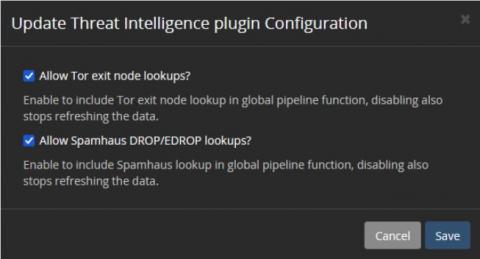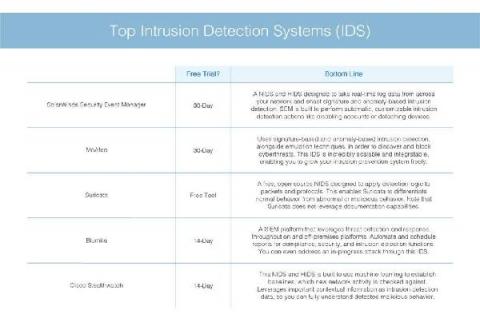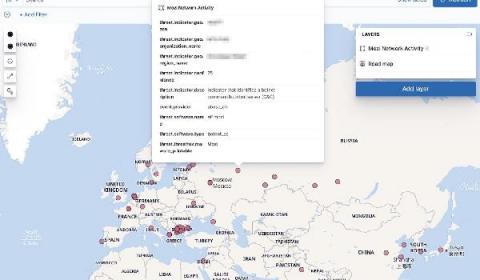A Beginner's Guide to Integrating Threat Intelligence
Many companies are looking to find a source of threat intelligence that can give them better visibility into the risks unique to their technology stack. While some may not be using threat intelligence, others may not be getting the value they could. Choosing and integrating threat intelligence sources into your cybersecurity monitoring is challenging, but you do need to keep some considerations in mind during the process.











